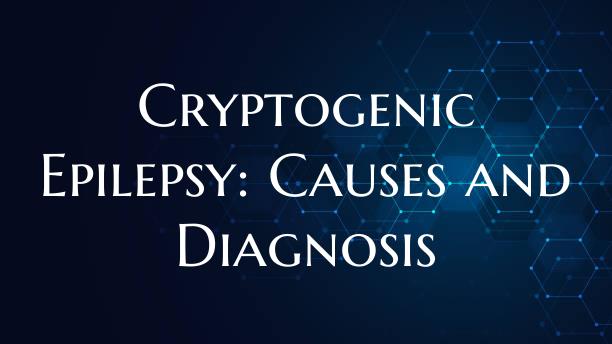
Cryptogenic Epilepsy: Causes and Diagnosis
Cryptogenic epilepsy refers to a form of epilepsy where the underlying cause is not immediately known or identifiable through standard diagnostic tests. This classification is often used when the seizure disorder cannot be definitively attributed to a specific structural abnormality or known genetic mutation. Despite advancements in medical technology, the exact cause of cryptogenic epilepsy remains elusive in many cases, posing challenges for both patients and healthcare providers.
Several factors may contribute to the development of cryptogenic epilepsy. Brain injuries, such as traumatic head injuries, strokes, or brain tumors, are commonly associated with the onset of epilepsy. Additionally, genetic predispositions and alterations in the brain's electrical activity can also play a role in triggering seizures. In some instances, infections or inflammatory conditions affecting the brain may lead to the development of epilepsy symptoms.
Diagnosing cryptogenic epilepsy typically involves a comprehensive evaluation that includes a detailed medical history, physical examination, and various diagnostic tests. Electroencephalograms (EEGs) are crucial in identifying abnormal brain activity patterns that coincide with seizure episodes. Imaging studies like magnetic resonance imaging (MRI) and computed tomography (CT) scans may help in detecting structural abnormalities within the brain. Genetic testing can also provide valuable insights into possible hereditary factors contributing to the condition.
Since the underlying cause of cryptogenic epilepsy can be challenging to pinpoint, a multidisciplinary approach involving neurologists, epileptologists, and other specialists is often necessary for accurate diagnosis and management. Treatment strategies for cryptogenic epilepsy typically focus on controlling seizures through antiepileptic medications, lifestyle modifications, and, in some cases, surgical interventions to remove or disconnect the source of abnormal brain activity.
In conclusion, cryptogenic epilepsy presents a diagnostic dilemma due to the uncertain origin of seizures in affected individuals. Ongoing research efforts aimed at unraveling the complexities of this condition are essential for improving diagnostic accuracy and developing targeted therapies to enhance the quality of life for individuals living with cryptogenic epilepsy.